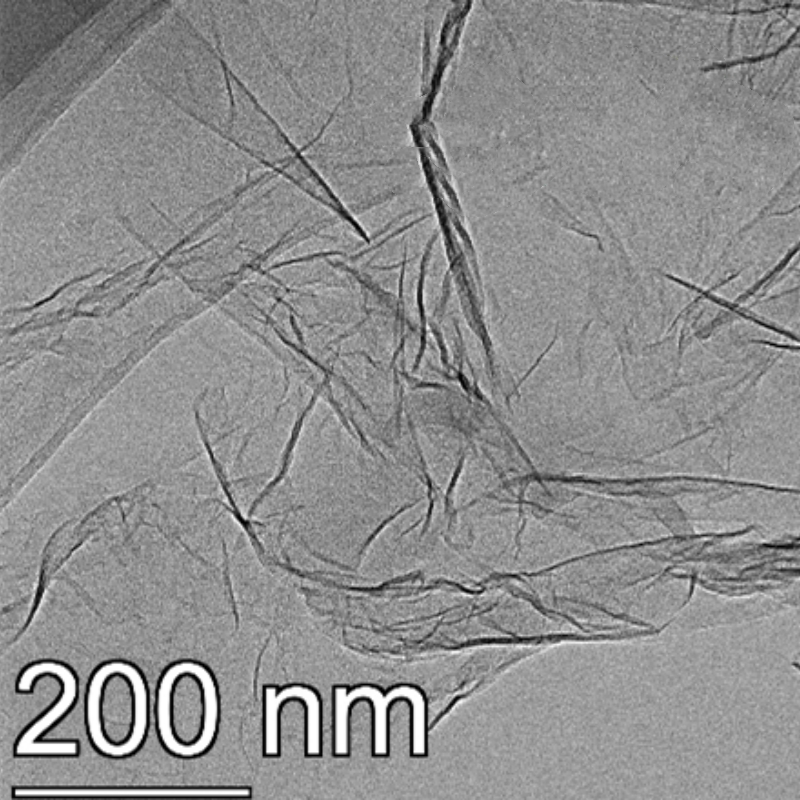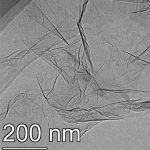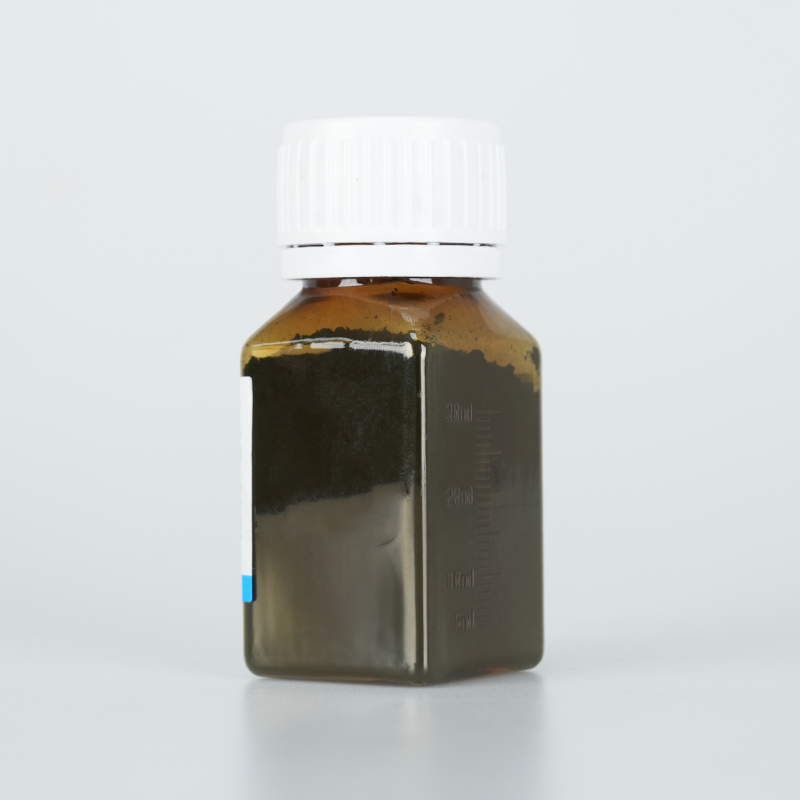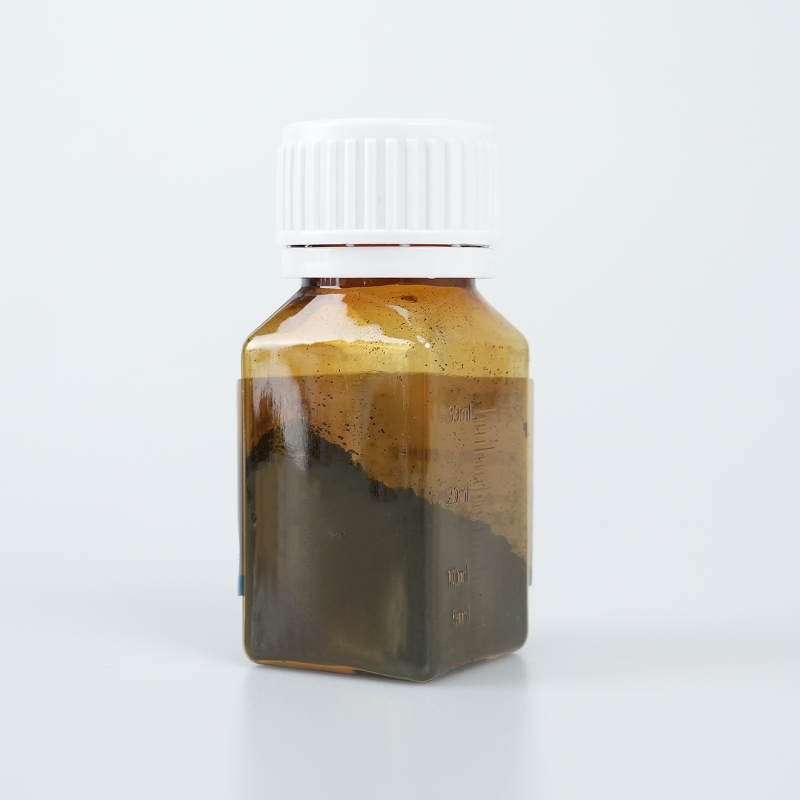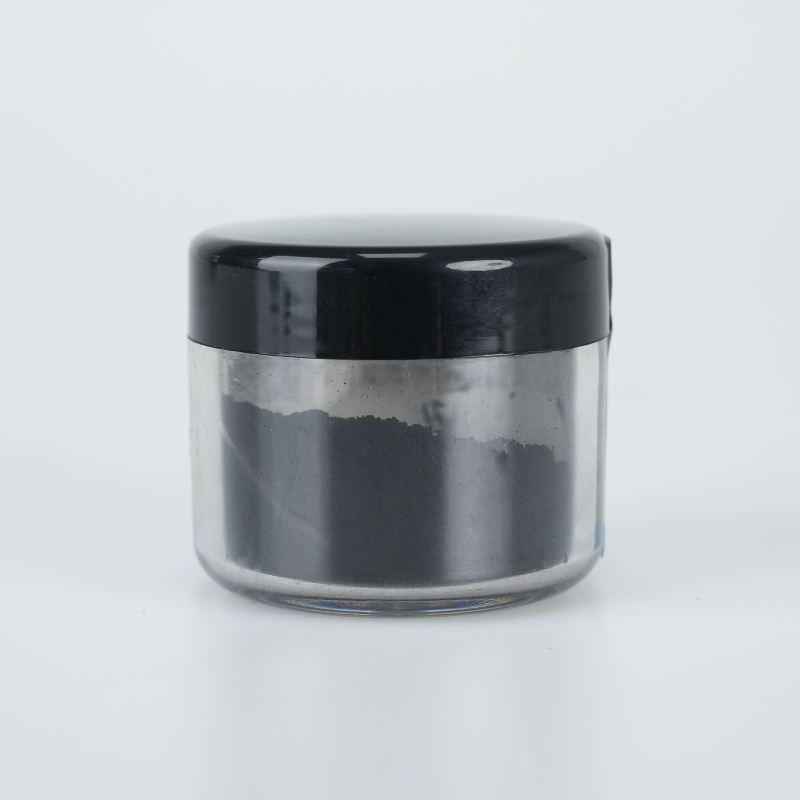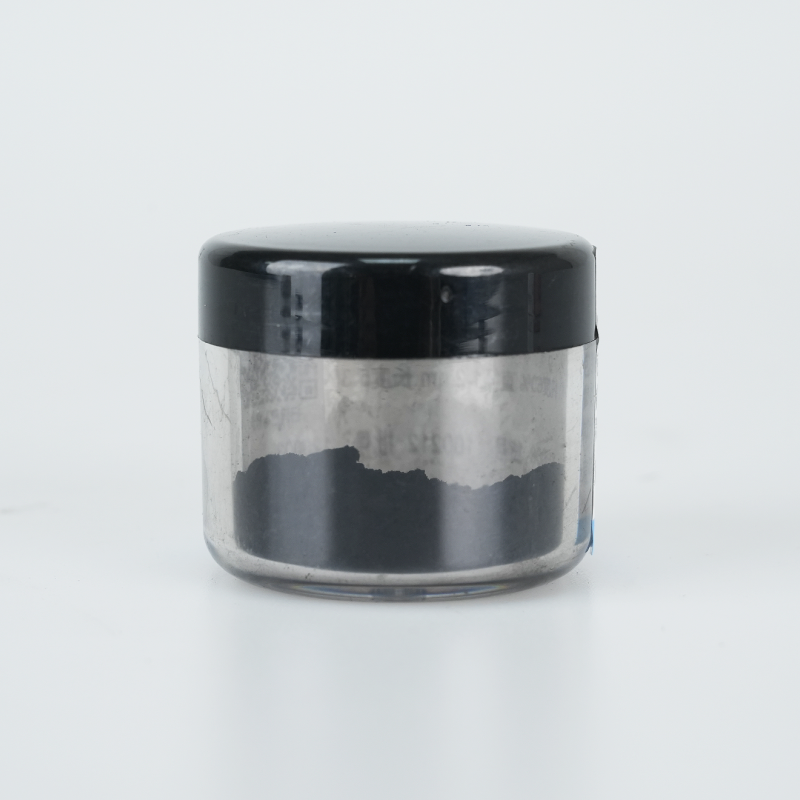High-quality 98% pure nanometer-scale reduced graphene oxide (rGO) offers superior electrical conductivity, optimized surface area, and enhanced chemical stability. Designed for advanced applications, it ensures efficient dispersion, extended durability, and high-performance adaptability.
Product Overview
High-quality 98% pure nanometer-scale reduced graphene oxide (rGO) is a two-dimensional carbon nanomaterial derived from graphene. It exhibits excellent electrical conductivity, thermal conductivity, and a high specific surface area. The unique functional groups, such as carboxyl, hydroxyl, and epoxy groups, make rGO highly versatile and applicable in energy, electronics, biomedical, and composite materials industries. rGO can replace silicon materials in chips and flexible electronics and plays a vital role in high-performance applications such as heat dissipation and sensors.
Product Features
- Rich Functional Groups: The rGO surface is rich in functional groups such as carboxyl, hydroxyl, and epoxy, enabling easy interactions with organic substances.
- High Specific Surface Area: The manufacturing process results in a large specific surface area, promoting interactions with other materials.
- Excellent Conductivity and Thermal Conductivity: rGO has a wide range of applications in energy storage, composite materials, and sensors, thanks to its superior electrical and thermal properties.
Applications
- Electronics: Can replace silicon materials in transistors, integrated circuits, flexible screens, wearable devices, solar charging systems, and more.
- Heat Dissipation Materials: Used in heat dissipation systems for LED lighting, smartphones, tablets, high-power LED lighting, etc., significantly reducing costs.
- Automotive: Applied in automotive lubricants, electric vehicle batteries, night vision systems, tires, and more, improving battery performance, extending range, and enhancing charging speeds.
- Biomedical: Used in biosensors, drug delivery platforms, tissue engineering, bioimaging, and other applications.
- Aerospace and Defense: In aerospace and military fields, supporting space exploration and satellite orbit adjustments.
- Energy: Suitable for lithium-ion batteries, supercapacitors, solar cells, and other new energy devices.
- Composite Materials: Used to manufacture next-generation polymers and composite materials, improving material performance.
- Sensors: Used in diagnostic applications such as glucose, cholesterol, hemoglobin, and cancer cell detection, as well as pH sensors for pollutant detection.
- Coatings: Applied to glass, metal, and other surfaces to enhance corrosion resistance and waterproofing properties.
- Conductive Printing and Packaging: Offers high conductivity, flexibility, fast printing, and low-temperature curing properties, making it ideal for specialized printed electronics applications.
| Technical Parameters | Values |
| Purity | 98% |
| Composition | rGO |
| Thickness | 1-2 nm (AFM) |
| Particle Size | 10-20 μm (SEM) |
| Specific Surface Area | ~633 m²/g |
| Remarks | Specific surface area and XPS data are from single measurements; variations between batches are allowed. |
 new material
new material

